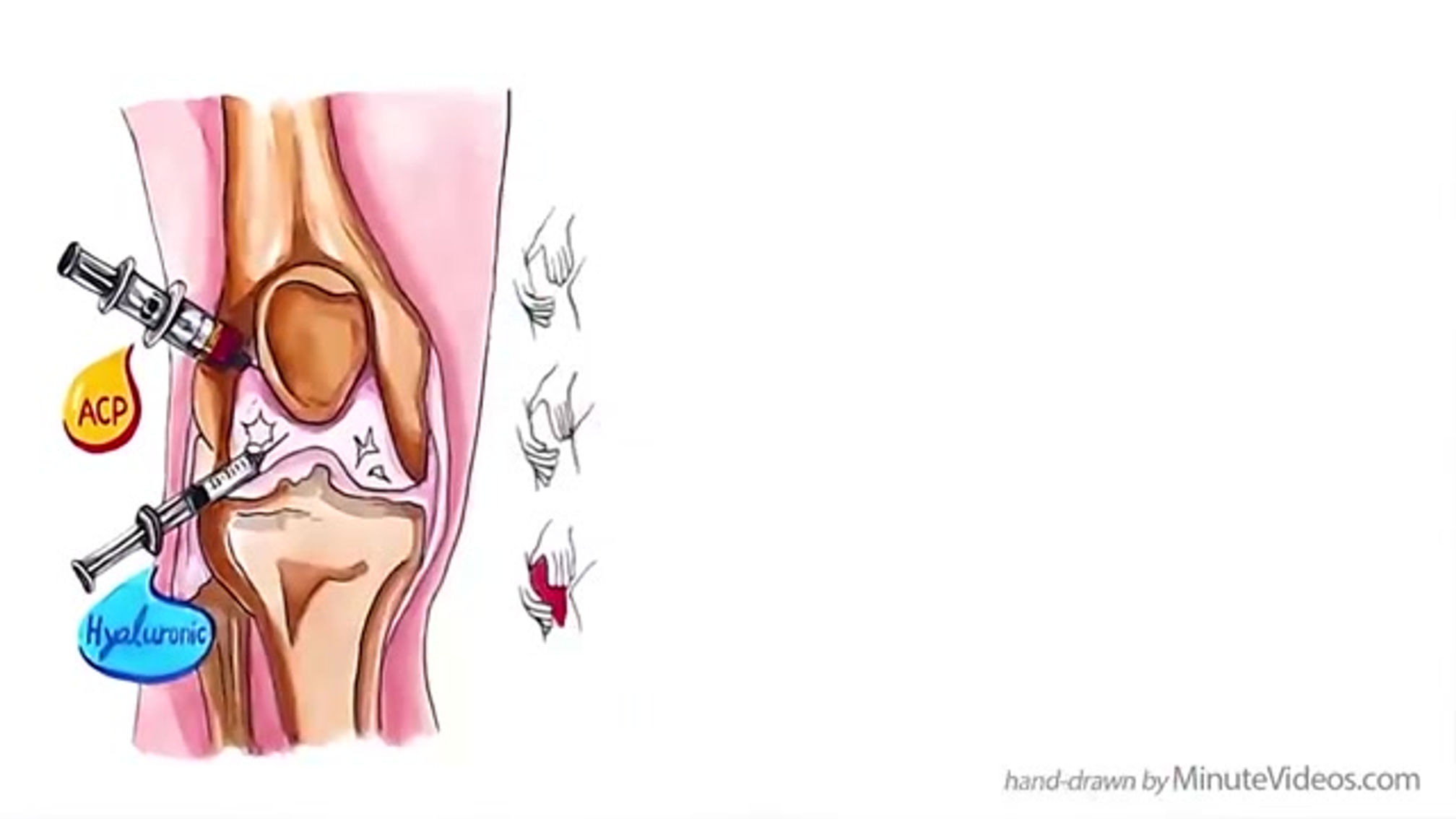
What is Platelet Rich Plasma (PRP)?
What are the steps to making PRP?
PRP Therapy Side Effects
Does it work for my pain?
Consent forms
Platelet-rich plasma (PRP) is a specialized component of blood, comprising two primary elements: plasma, the liquid portion, and platelets, a type of blood cell essential for healing processes throughout the body. While platelets are widely recognized for their role in blood clotting, they also contain growth factors that promote cellular regeneration and stimulate tissue repair in targeted areas. PRP is essentially blood that has been enriched with a higher concentration of platelets than normal, enhancing its regenerative potential.

To make platelet-rich plasma, we take a blood sample from your arm and place it into a device called a centrifuge that rapidly spins the blood tubes, separating out the other components of the blood from the platelets and concentrating them within the plasma.
After creating platelet-rich plasma from a patient's blood sample, that solution is injected into the target area, such as an injured knee or a tendon. The idea is to increase the concentration of specific proteins or hormones, called growth factors, in a particular area to accelerate the healing process.
If you decide to learn more about PRP and see if it help with my condition, please speak to our doctor for more information. We generally like you to do some of your own research, review the consent form (see link) and complete your specific questionnaire before and after the procedure. From our experience, the effect of PRP usually start in 3-6 weeks' time, peaks at 3-6 months after the last injection and last for 12 months. A bit like your annual car service, where the parts worn off each year need a top-up of the "right oil."
A PRP injection is a low-risk procedure and does not usually cause significant side effects. The process involves a taking blood sample, so you should make sure you are hydrated and have eaten beforehand to prevent feeling lightheaded. After the procedure, you may experience some soreness and bruise at the injection site.
Because PRP injections are made up of your own cells and plasma, the risk of an allergic reaction is much lower than with other injectable medications like corticosteroid or hyaluronic acid.
Download consent forms here:
Please see the research papers below for medical evidence:
-
Knee osteoarthritis
-
Comparing PRP with Hyaluronic acid injection Randomised controlled trial, 2012 by F.Cerza et al.
-
Short-term outcomes of PRP in knee osteoarthritis a meta analysis 2015 by W. Kanchanatawan.
-
PRP as an effective biological therapy in early-stage knee osteoarthritis, 2021 by D. Rai.
-
The effect of PRP on pain and physical function is better than placebo, HA, corticosteroid, and ozone injection. Metaanalysis L. Shen 2017
-
Efficacy of PRP injections in osteoarthritis of the knees. a meta-analysis 2014 by A. Laudy.
-
Combined PRP and HA are better than PRP alone, meta-analysis Zhao 2020
-
-
Tendonopathy: Tennis elbow/ Bicep tendonitis/ Achilles tendinopathy
-
Sacroiliac Joint
-
Shoulder Rotator cuff syndrome
-
Hair loss







